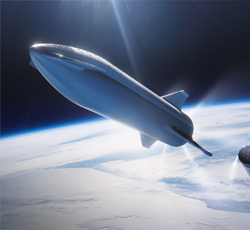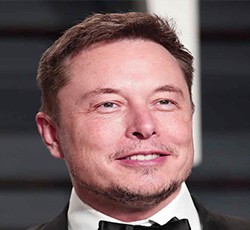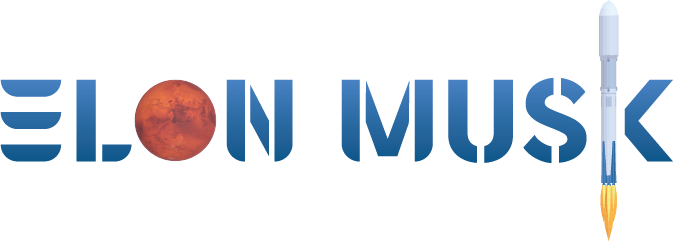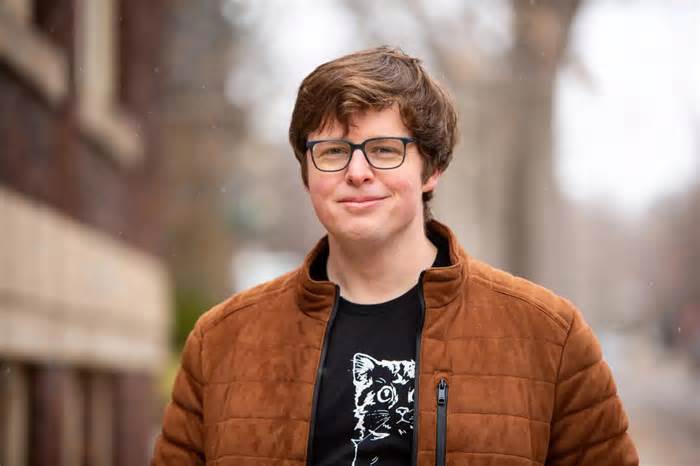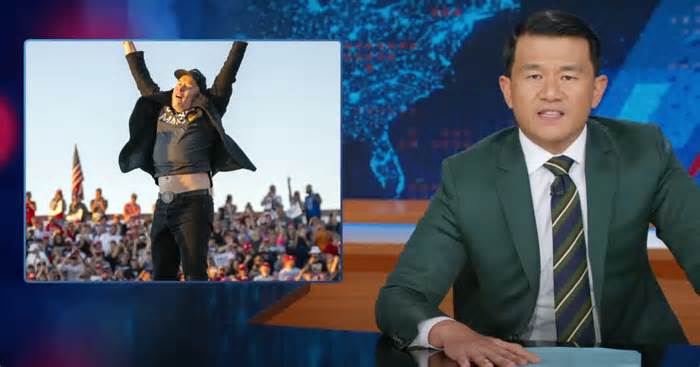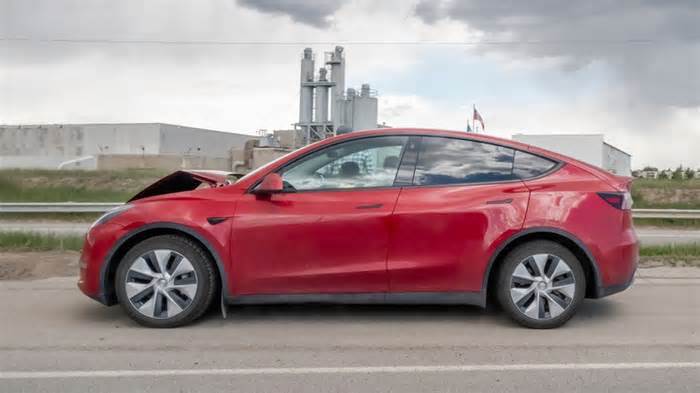
OpenAI Poaches Top Engineers from Tesla, xAI, and Meta
- by WinBuzzer
- Jul 09, 2025
- 0 Comments
- 0 Likes Flag 0 Of 5
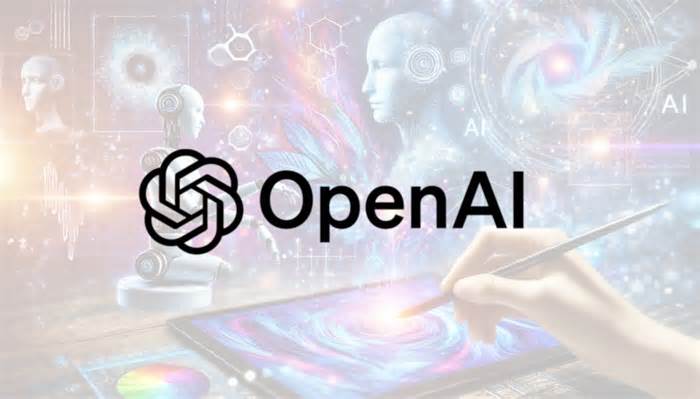
July 9, 2025 10:20 am CEST
OpenAI has hired four top engineers from rivals Tesla, xAI, and Meta, a sharp counter-attack in the heated AI talent war. The new hires will join OpenAI’s scaling team and will help build the huge computer systems needed to train future AI models.
The move, reported by Wired, is a direct response to Meta’s recent poaching of several key OpenAI researchers. It shows OpenAI is fighting back to keep its top people. The company is bolstering the core systems it needs to win the race for AI leadership, a battle now fought over engineers as much as researchers.
The Infrastructure Battlefield: Why Scaling Is the New Frontier
OpenAI’s strategic hires were revealed in an internal company message from co-founder Greg Brockman. The list includes high-profile names that signal a direct challenge to competitors, especially those led by Elon Musk.
Joining OpenAI are David Lau, Tesla’s former VP of Software Engineering, and Angela Fan, an AI researcher from Meta. Also poached from Musk’s ventures are Uday Ruddarraju, former head of infrastructure at xAI and X, and Mike Dalton, another key xAI infrastructure engineer.
This focus on infrastructure engineers, not just researchers, is significant. It shows the AI race is also about building the massive supercomputers required for next-generation models. Ruddarraju and Dalton, for instance, previously worked on xAI’s “Colossus” supercomputer.
These hires are not for consumer-facing products but for OpenAI’s core scaling team. This division is the engine room, managing the immense hardware and software systems needed to train cutting-edge foundation models. The race for AGI is increasingly seen as a race for computing power.
The principle of “scaling laws” in AI suggests that bigger models trained on more data and with more compute become exponentially more capable. This makes the infrastructure team one of the most critical components of any modern AI lab, directly enabling research breakthroughs.
The new team members’ experience is telling. Ruddarraju and Dalton were instrumental in building xAI’s “Colossus” supercomputer, a massive cluster of over 200,000 GPUs. Their expertise will now be funneled into OpenAI’s own ambitious Stargate AI supercomputer project.
Stargate follows a multi-year plan to build the world’s most powerful AI infrastructure, with some estimates putting the cost at over $100 billion. Bringing in engineers who have just built a rival system provides invaluable, up-to-the-minute knowledge.
The new recruits have framed their move as mission-driven. Lau, who had been at Tesla since 2017, said in a statement to Wired, “it has become incredibly clear to me that accelerating progress towards safe, well-aligned artificial general intelligence is the most rewarding mission I could imagine for the next chapter of my career.” This highlights the belief among top engineers that OpenAI currently offers the best path to achieving artificial general intelligence.
Ruddarraju echoed this sentiment, emphasizing the importance of execution. He called Stargate, “in particular, an infrastructure moonshot that perfectly matches the ambitious, systems-level challenges I love taking on.” This shows the allure of working on such a grand-scale project.
A Strategic Counter-Offensive in the AI Talent War
The announcement lands just weeks after Meta lured at least eight researchers away in late June. That aggressive campaign, which secured influential AI reasoning expert Trapit Bansal, forced OpenAI onto the defensive and shattered CEO Sam Altman’s prior claims that his top talent was secure. The raid triggered a raw reaction inside the company. A leaked internal memo from Chief Research Officer Mark Chen revealed a sense of violation.
He wrote to staff, “i feel a visceral feeling right now, as if someone has broken into our home and stolen something.” The memo promised leadership was working “around the clock” to “recalibrate comp” and prevent a staff exodus.
Fulfilling that promise, OpenAI reportedly boosted its stock-based pay to over $4.4 billion, a clear sign of the immense financial cost of retaining top minds in this war. The conflict also sparked a public dispute over compensation. Altman claimed Meta was making “nine-figure” offers to poach talent.
A newly hired Meta researcher, Lucas Beyer, publicly called the claim “fake news” on X. This back-and-forth highlights the intense pressure and high-stakes negotiations defining the industry. Chen later tried to rally his team, framing the corporate battle as a distraction from their core mission. He wrote in his memo, “this is the main quest, and it’s important to remember that skirmishes with Meta are the side quest,” urging staff to focus on building transformative AI.
Inflaming Old Rivalries: The Elon Musk Factor
Snagging top talent from Tesla and xAI directly inflames the already tense relationship between OpenAI and its co-founder, Elon Musk. Musk, a central figure in OpenAI’s 2015 creation, left the organization in 2018 over fundamental disagreements on its direction and safety protocols.
Musk had reportedly sought to take complete control of OpenAI to steer its development, a move that was rejected by other leaders. He departed and later founded xAI with the stated goal of creating a safer, more truthful alternative to what he saw as OpenAI’s dangerous path.
The rivalry has since spilled into the courts. Musk is currently suing OpenAI, alleging it abandoned its founding, non-profit mission for humanity’s benefit by partnering with Microsoft and pursuing a closed-source, for-profit model.
At the heart of the legal conflict is the “founding agreement” and the initial goal of creating an open-source, non-profit counterweight to Google. Musk alleges this core promise was broken for profit. OpenAI has countered by publishing previously undisclosed internal emails, showing Musk himself pushed for a for-profit structure.
The company is countersuing Musk, accusing him of interfering with its business and engaging in unfair competition. This legal battle forms a bitter backdrop to the ongoing competition for talent, resources, and market dominance in the generative AI space.
This hiring spree is therefore more than a simple recruitment win; it’s a strategic power play. By fortifying its infrastructure team with talent from its biggest rivals, OpenAI is betting that the race for AGI will be won in the data center, while simultaneously tweaking its most vocal critic.
An OpenAI spokesperson, Hannah Wong, confirmed the new additions, stating, “we’re excited to welcome these new members to our scaling team.” The company’s focus remains on accelerating its mission to build and deploy beneficial AI, a mission it now pursues with key personnel formerly dedicated to its chief competitor’s vision.
Tags
Please first to comment
Related Post
Stay Connected
Tweets by elonmuskTo get the latest tweets please make sure you are logged in on X on this browser.






 Energy
Energy